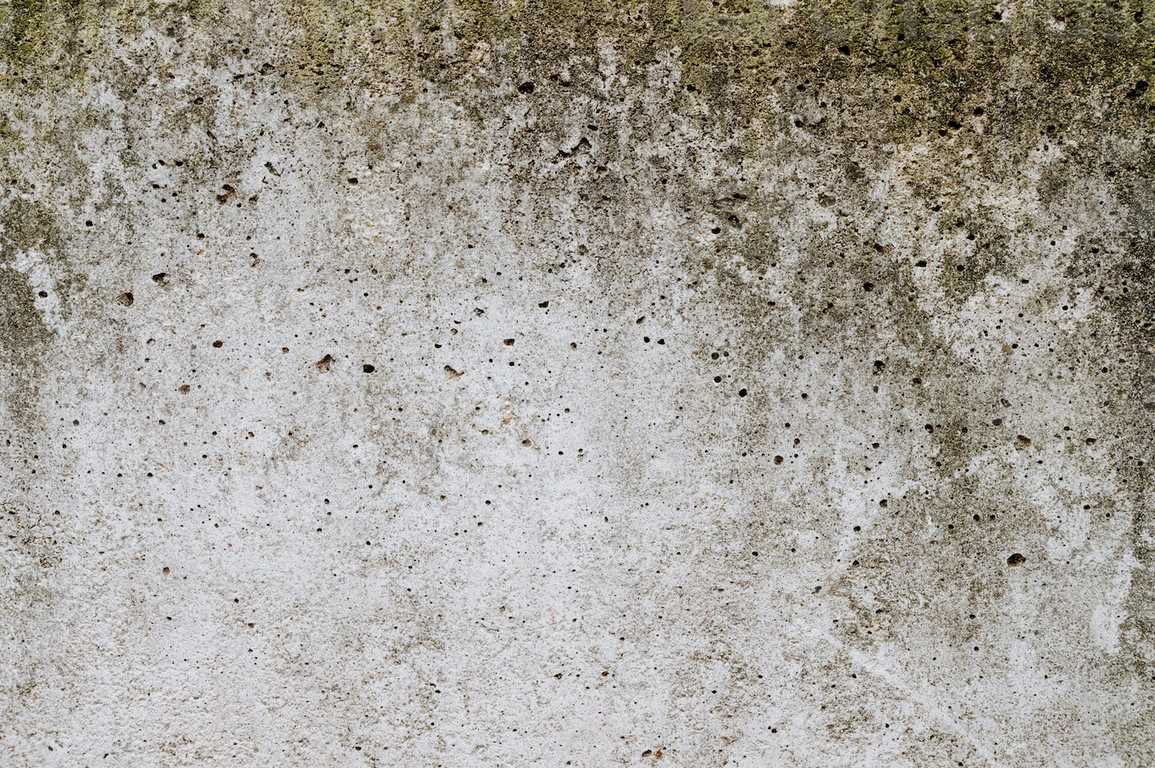Mold is a naturally occurring substance that breaks down organic matter. It is also known as mildew. It develops on wet and dirty surfaces.

Therefore, it’s important to clean up any mold that has formed, and then dry out the area affected. In addition to cleaning up, it’s essential to prevent mold from returning.
Removal is one of the things that you need to take care of if you want to restore the health of your home. If you have a mold problem, you will want to focus on removing the visible growth and identifying where the moisture source is coming from.
The best way to do this is to hire a professional. A mold removal company will be able to identify where the problem is coming from and help you eliminate the mold without compromising the quality of your indoor air.
If you don’t take the necessary steps to prevent mold from growing in your home, it can cause major problems. This includes damages to your home and a negative impact on your health. In addition, you’ll also need to worry about structural issues.
Although mold is a common occurrence, it can be tricky to determine how much it’s actually present in your home. Some signs you should be looking for include stains and musty odors. You might also notice dark-colored spots on your ceiling or walls. These are signs of a larger mold colony.
The best way to tell how much of it you have is to have it tested. There are professional labs that can provide you with a clear picture of what’s going on. Another important indicator is the number of spores. Having a high spore count is a good sign that there is a problem elsewhere. However, you might not know where to start.
Read Also:
Tests can be useful in ruling out or confirming the presence of spores or fungi in your home. They also can help you decide on the best method of remediation. Restoration testing involves the collection of spores, the analysis of those spores, and the creation of a report based on the results.
These tests can be done in a variety of ways. The most common is by obtaining a sample of the air in your home. Another common test is a skin prick test. This involves putting a diluted substance on your skin.
Tiny punctures allow the sample to be taken to a laboratory for analysis. A blood test is another commonly used method of determining the sensitivity of the immune system to mold. It is especially important for people with compromised immune systems.
Getting a professional to come in and perform a proper test can ensure that you get the best outcome. You can trust that the company you choose will follow industry guidelines and offer a clear, easy-to-understand report. Not all forms of testing are effective, and many do more harm than good. The best way to avoid mold is to identify it in the first place.
When removing a problematic or infectious growth from your home, you will need to wear personal protective gear, such as disposable hazard suits, aprons, gloves, goggles, and masks. Make sure all equipment is fit-tested.
The goal of water damage restoration is to dry out the affected areas and prevent further growth. This is especially true if there has been flooding. It can be very harmful to the health of those living in a home. Having a proper drying process can save time and money.
After water damage, the best way to prevent it is to remove the source of the problem as soon as possible. However, this can be a daunting task. A professional restoration company can speed up the process.
During the drying process, it’s important to remove any furniture, carpeting, or other materials that have been affected by the flood. Once you’ve removed all the water, it’s time to open the windows and air out the room.
During the drying process, you may need to use a dehumidifier. This is important because water can be trapped in porous surfaces such as walls and floors. It’s also a good idea to use negative air machines to remove airborne debris. You will need to wear protective gloves and goggles.
There are many factors that can complicate the drying process. One approach involves drilling holes into the drywall to allow for a quicker drying process. Another approach is structural drying, which uses dehumidifiers to reduce moisture levels.
Lastly, you should take pictures of the damaged property and contact your insurance company. They will be able to provide you with an estimate and recommendations for cleaning up the area.
There are a number of measures you can take to prevent it from returning after remediation. These include cleaning up any wet areas, insulating any surfaces that are prone to condensation, and using a dehumidifier which introduces wetness on an exponential level.
Aside from preventing it from coming back, you can also minimize your risk of developing a problem in the first place. If you have a leaky roof or plumbing, it’s important to remedy it right away.
Likewise, make sure you clean up any water-damaged items and replace damaged wood. One way to mitigate your risk of a mold recurrence (https://www.epa.gov/mold/brief-guide-mold-moisture-and-your-home) is to use a commercial mold control product.
Such products contain a mixture of ammonia and bleach that will help kill the surviving mold. Other methods to reduce moisture in your home include installing a fan and opening up the windows. However, if you have a major mold problem, it may be better to hire a professional.
Aside from keeping your home dry, you can also reduce your risk of mold by educating yourself on the risks and best practices for your climate. Some regions are known for having a hot and humid climate, and if you live in one of these places, you should learn about the special precautions you need to take.